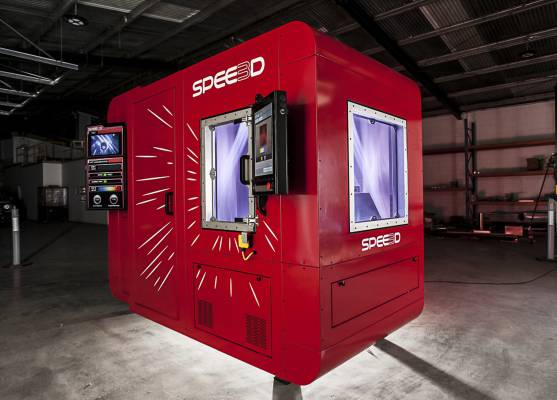From natural resources to national strategies: How metal Additive Manufacturing is taking off in Australia
Australian expertise is today becoming much more commonplace on the international AM scene. From technology and materials suppliers to application developers, companies are growing on the back of world-class research and education facilities and a business environment where innovation and international trade are rewarded. Combine this with an abundance of AM-relevant natural resources and, as Alex Kingsbury explains, an environment has been created where AM is thriving.
Australia has had a varied and interesting relationship with manufacturing since its beginnings as a nation in 1901. Given Australia’s relatively remote location in the world it was important to establish a manufacturing base. As a result, protectionist economic policies were implemented that meant that imported goods attracted high tariffs; this had the desired effect and manufacturing, and therefore a prosperous middle class, thrived right through to the 1970s. At this point, tariffs in Australia were the highest in the industrialised world.
The landscape changed significantly in the 1980s and 90s when aggressive tariff reform was pursued in Australia as part of a worldwide trend towards opening international trade borders. The manufacturing sector necessarily refocused away from domestic supply, towards export. This refocusing of manufacturing was felt hard by many. Ultimately however, the businesses that were already globally competitive prevailed, alongside those that had built resilience into their business models and supply chains. What remains of the manufacturing sector to this day is a sustainable and vital industry that is globally competitive and export oriented.
This sector has benefitted from the exceptional skills base that has been incubated over a number of decades. Generous government support is also available for companies wishing to develop intellectual property, participate in research and development activities and connect with offshore trade. The strong and growing university sector not only develops highly capable graduates, but also supports local companies with world class research facilities and research and development programmes.
This refocusing on manufacturing in Australia comes at a time when metal Additive Manufacturing is maturing and becoming more widespread. For reasons which remain unclear, in adopting nearly every new technology, Australia has lagged approximately five years behind. However, when adoption does occur, it tends to happen very quickly; metal AM has been no different, and just like we saw AM take off globally in 2012, this point was reached in Australia, somewhat predictably, in 2017. Now that the seeds have been sown, we have an interesting range of activity happening ‘down under’, which this article will profile.

